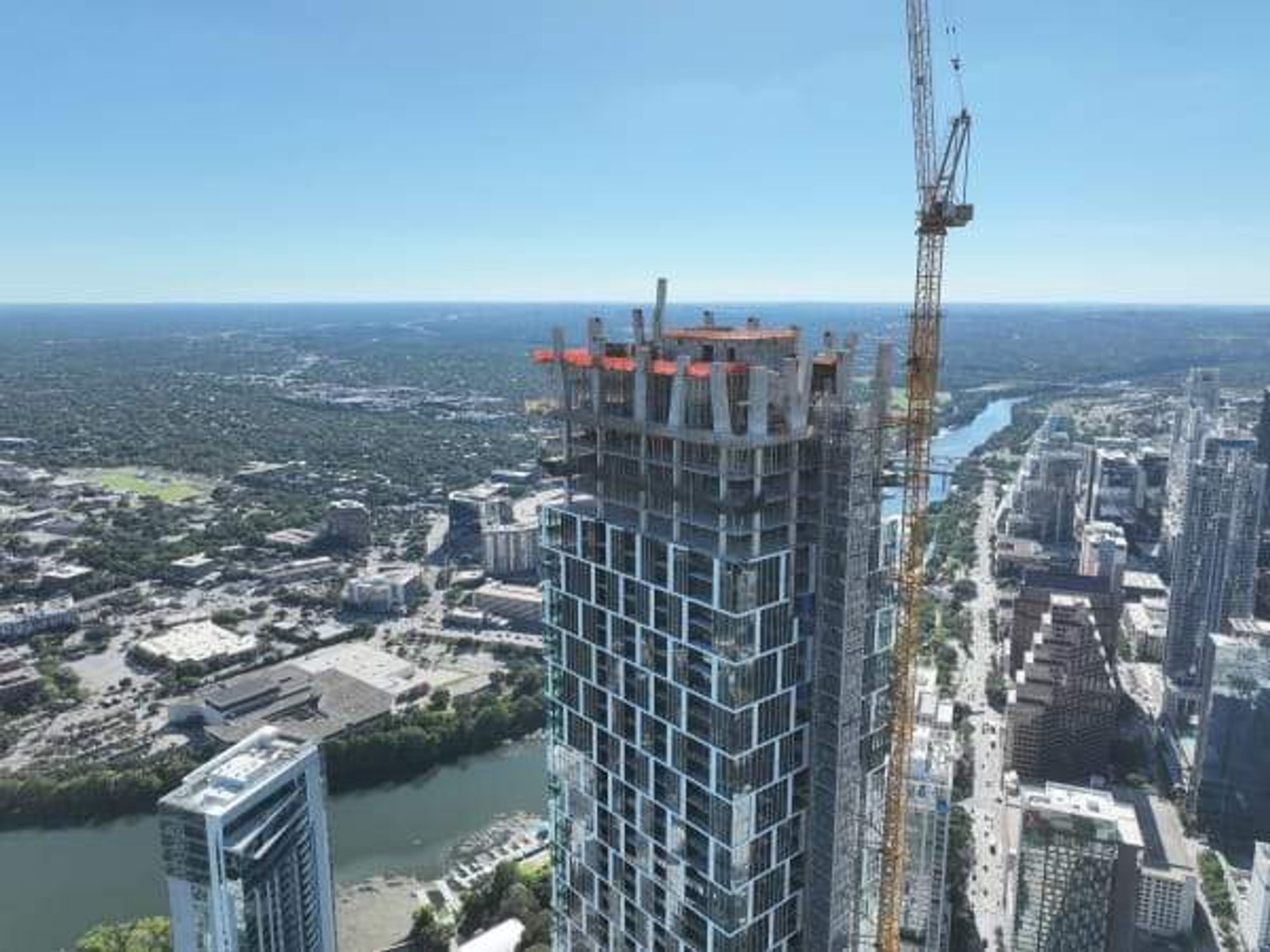The Next Metroplex?
What will Austin-San Antonio look like in the next 15 years?

Austin and San Antonio are separated by almost 80 miles of highway, but with an overwhelming influx of new residents and sprawling real estate development, the distance between the two cities is shrinking. A new report from LawnStarter demonstrates that the Austin-San Antonio corridor will become increasingly more connected during the next 15 years.
LawnStarter describes the growth between Austin and San Antonio as a "population collision course." The population of the 13 counties that make up the corridor was 4.27 million in 2014. However, the population is projected to increase by almost 35 percent by 2030 to 5.71 million — roughly the current population of Dallas-Forth Worth.
The comparisons to the DFW area are obvious, but experts are divided on whether or not Austin-San Antonio will develop like the North Texas metroplex. For one, Austin and San Antonio are physically more separated. The two cities also have more historically distinct economies, with Austin's based in technology and entertainment and San Antonio's boosted by its military presence and the biotech industry.
"Although the area between them is growing together, they do not have the history of linkage that characterizes Dallas and Fort Worth," says Steve Murdock, a sociology professor at Rice University and former head of the U.S. Census Bureau.
On the other hand, Texas State Demographer Lloyd Potter believes the two are headed towards an "apparent merging" and "the urban cores of San Antonio and Austin, with their character and economic activity, will continue to dominate the combined area."
Even if the corridor doesn't become the next Dallas-Fort Worth, city leaders from Austin and San Antonio believe that the metros will become something more than the sum of their two parts.
"In order to benefit the most from this growth, our communities have to think regionally. It's no longer 'San Antonio vs. Austin' but 'San Antonio and Austin,'" says San Antonio Mayor Ivy Taylor. "Our region is globally competitive to a greater degree than either city alone."

 Lots of people want to live in Leander. Leander Parks & Recreation/Facebook
Lots of people want to live in Leander. Leander Parks & Recreation/Facebook